Identifying Biodeterioration on the Playground
As playground equipment ages and weathers, the materials used in its construction increase their potential for deterioration. Unless carefully monitored and maintained, the physical properties of these materials weaken until the materials become easy to break or structurally fail.
The primary playground maintenance concerns are metal corrosion, thermal and UV degradation of plastic, and the biodeterioration of wood. The following is an introduction to the major maintenance problem of wood used in outdoor playgrounds—biodeterioration.
Under optimum conditions, wood is a construction material that can give decades of service. In fact, there are examples of wood structures, furniture and decorative wood carvings that are centuries old! Unfortunately, wooden play equipment are rarely situated in optimum environments for preservation. But with proper care, wood can be a very satisfactory material in the playground, useful as posts, beams, stepping blocks, decking planks, climbing sculpture, and panels.
The principal biological agents that cause deterioration to wood are decay-producing fungi and wood-ingesting or wood-inhabiting insects. We will discuss wood decay (also known as wood rot).
There are several manufacturing options to reduce the problems of wood decay: Some manufacturers use naturally resistant species of wood. Redwood, cedar, cypress, and some oaks contain high levels of tannic acid, a natural extractive that protects them for as much as 15–25 years. Pine, fir, and spruce may be good for 5–10 years, and maple, beech or poplar have shown decay resistance for less than five years. Regardless of the type of wood used, older wood is more susceptible to decay. Some manufacturers use wood treated with preservatives that inhibit the development of decay-producing fungi. Previously the preservative commonly used was chromated copper arsenate (CCA); now the recommended preservative is alkaline copper quaternary (ACQ). Some manufacturers coat wood components—especially glulams, laminated plywood, or chipwood—with a marine grade spar or exterior varnish. Some manufacturers use special construction methods that reduce wood exposure to moisture for extended periods of time. All techniques are effective to a degree; all require monitoring and proper preventive maintenance to retain their effectiveness.
What Fungi Consider Home Sweet Home.
Just as any other living thing does, decay-producing fungi thrive with proper food, water, and oxygen under optimal temperature conditions. These fungi can be described as invisible headless jellyfish growing inside wood, with thousands of microscopic strands of hyphae threading through the wood. These tiny hyphae release digestive enzymes that dissolve and absorb the cellulose in wood. Some fungi even consume lignin as well. Since the cell wall of wood is comprised of cellulose fiber and lignin is nature’s cement that gives wood its strength and rigidity, the loss of either of these components greatly weakens the wood. The end result of this fungal “feeding process” is the condition known as wood decay or rot. There are several species of decay-producing fungi, each with its unique characteristics.
For the most part, decay fungi grow best when ambient temperatures are between 50 and 95 degrees F. This is the same temperature range that most plants in the U.S. favor.
Decay fungi will not thrive in either dry wood or saturated wood. Since construction lumber is kiln-dried, humid conditions, condensation, and occasional rain will not provide the constant moisture needed by these organisms. Even air-dried wood typically has a moisture content not exceeding 20 percent whereas decay-producing fungi require sufficient moisture to keep the wood above the fiber saturation point (approximately 30 percent) but not much beyond. If wood is too water-soaked the supply of needed oxygen will not be adequate for the fungi to develop. This is why the portions of wooden pilings set below a constant groundwater level or submerged in a lake will not rot. Ideal moisture conditions usually occur when wood is in direct contact with the upper 18 inches or so of the ground or other organic debris; set in concrete (which acts as a sponge drawing moisture out of the ground); or exposed to a constant source of moisture such as seepage, runoff, or plumbing leaks.
Of all the life-supporting variables decay-producing fungi need, moisture is the only one factor that can be monitored and altered by good playground preventive maintenance.
The following is a summary of the basic steps for a Maintenance Needs Assessment for Wood Decay. It involves a progression of observations, beginning with non-invasive techniques and progressing to the invasive boring or coring into suspected decayed wood for verification.
-
The first step of the Maintenance Needs Assessment for wood decay is a thorough visual inspection:
Is It Spoiled Rotten? Check The Company They Keep.
There are biological precursors or indicators of potential wood decay. If these organisms are present, the conditions for more biodeterioration are right. Maintenance staff should note the presence of other, generally benign, life forms on wood such as moss, mold, surface stain, and mildew. These can usually be easily removed, but it is more important to know that these things generally appear before decay-producing fungi get well established. When they are found, it is time to institute preventive maintenance procedures to ensure that wood members do not become irreparably infested with decay fungi. It is not enough to just remove the moss, mold, stain, etc.; the conditions that caused them to develop must be corrected.
Is It Spoiled Rotten? Don’t Dampen Your Spirits.
Look for persistent dampness in the wood and all materials touching the wood, especially organic debris. Check each wooden post to a depth of 18 inches and at the union of any wood and concrete. It is important to remember that one decay-producing fungi can grow into wood a considerable distance from the source of water. The fungi’s microscopic strands of hyphae threading through the wood serve as siphon-like straws that draw the moisture out of the ground and into the center of apparently dry wood. This is one type of “dry rot,” an inaccurate term because truly dry wood will not rot.
During the early stage of infestation, brown-rot fungi produce a dark brown discoloration or mottling and will later cause the wood to crack against the grain, forming variously sized cubes. In advanced stages, brown-rot-infected wood will shrink, collapse, and will crush into powder.
The other common type, white-rot fungi, will initially bleach the wood white or yellow. Infected wood will retain outward dimensions with no cracking. When white-rot decay is advanced, the wood will feel spongy, fibrous, or stringy.
-
Is It Spoiled Rotten?
Obvious Signs May be Too Late.
Later, when the “fruiting bodies” of decay-producing fungi appear—such as mushrooms, shelf-like brackets, or fan crusts—the decay fungi have already infected the wood host and ingested most of the cellulose or lignin in the wood that has been permeated by the fungi. This destruction typically occurs inside the wood and is not visually noticeable until the decay is almost complete. These fruiting bodies release millions of spores that spread the fungi to other places.
-
The next step of the Maintenance Needs Assessment for wood decay is an audio test.
Is It Spoiled Rotten? Here Are Some Sound Observations.
Gently tap the surface of the wood with a non-metallic mallet or hammer and listen to the sound. Solid wood sounds dense and hard; decayed wood sounds hollow and soft.
-
The Final Check—An Inside Look.
If any of these first non-intrusive steps reveal any indication of wood rot, it will be necessary to penetrate the wood at the places where initial examination indicates the possible presence of decay.
Is It Spoiled Rotten? Let’s Probe into the Matter.
If unusual discoloration, cracking or persistent dampness is present, or the wood sounds hollow when tapped, press a sharp-pointed tool such as a narrow screwdriver, scratch-awl, or ice pick into the wood, first in a good portion, then in the suspect portion to determine if the wood beneath the surface is firm or spongy; hard or soft. Use the tool to determine the area extent of the damage. If the wood is fragile, it is advisable to use a wood bore to remove a sample core of wood through the entire wood part to determine the depth and extent of the damage.
If it IS Spoiled Rotten—How Bad Is It?
Decay initially affects the ability of wood to withstand impacts. Thus, early stages of wood rot do not make the structure eminently ready to collapse, but they can very significantly increase the likelihood of breakage when struck, especially thin wood parts. Advanced biodeterioration can affect static bending so that common lateral pressures may be apt to result in structural failure. Eventually, all strength properties are seriously degraded. Unfortunately, visually discernable wood decay may experience strength losses of over 50 percent, so prevention is the best approach. Preventive maintenance of biodeterioration is one of the “core” segments of the maintenance service programs.

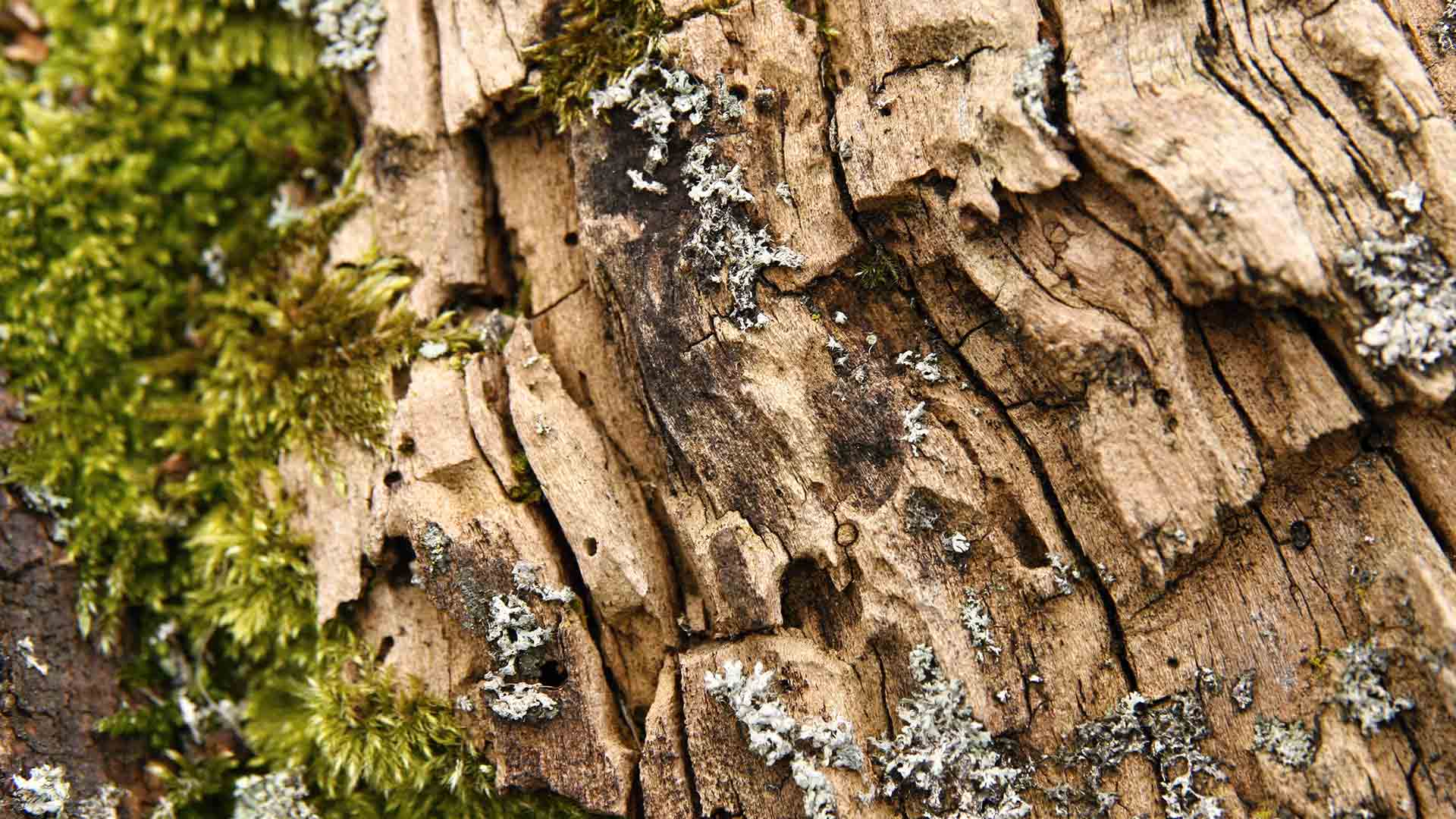

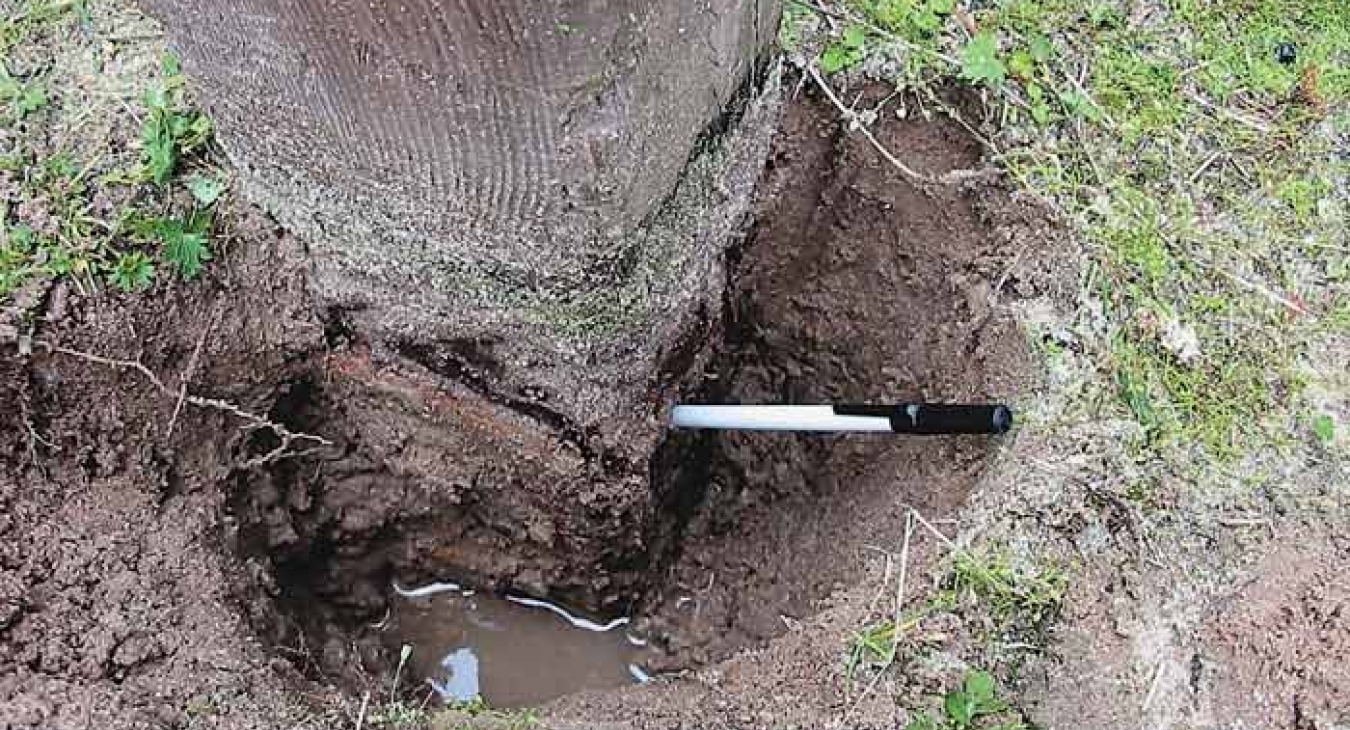
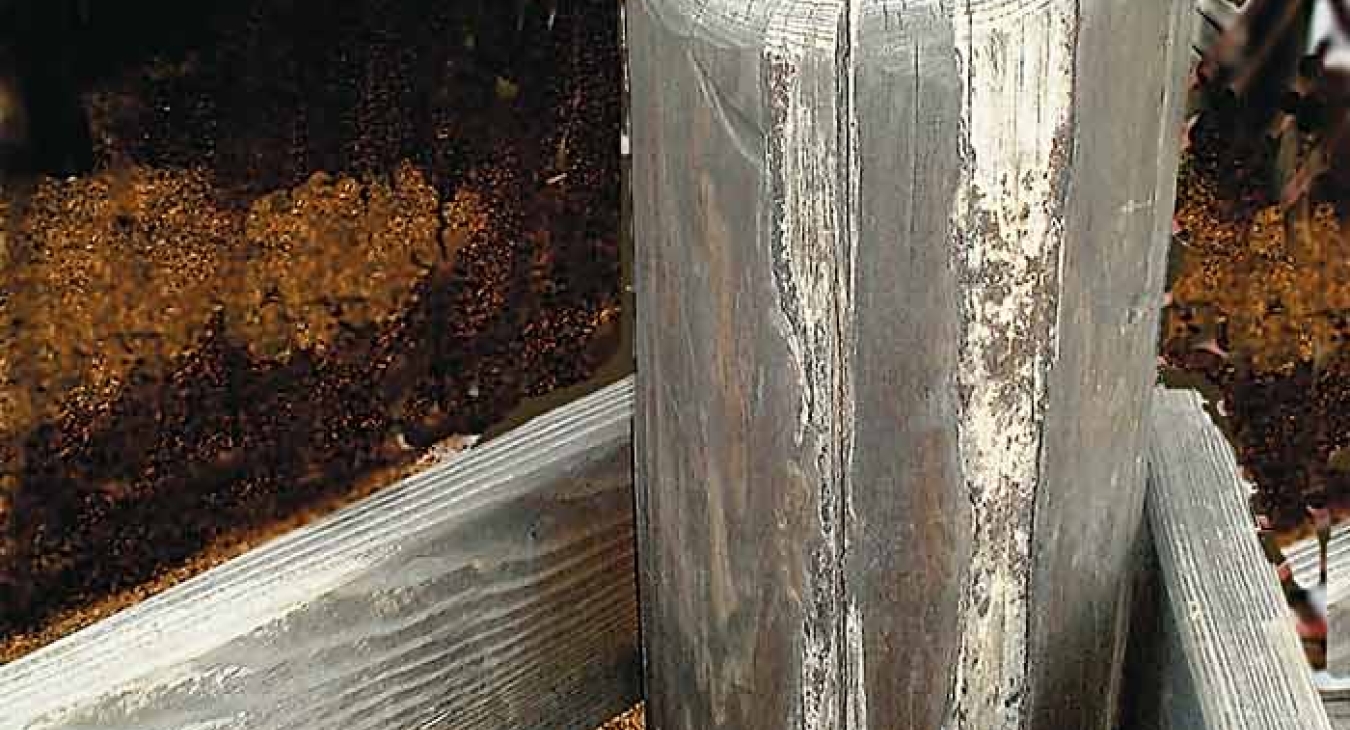
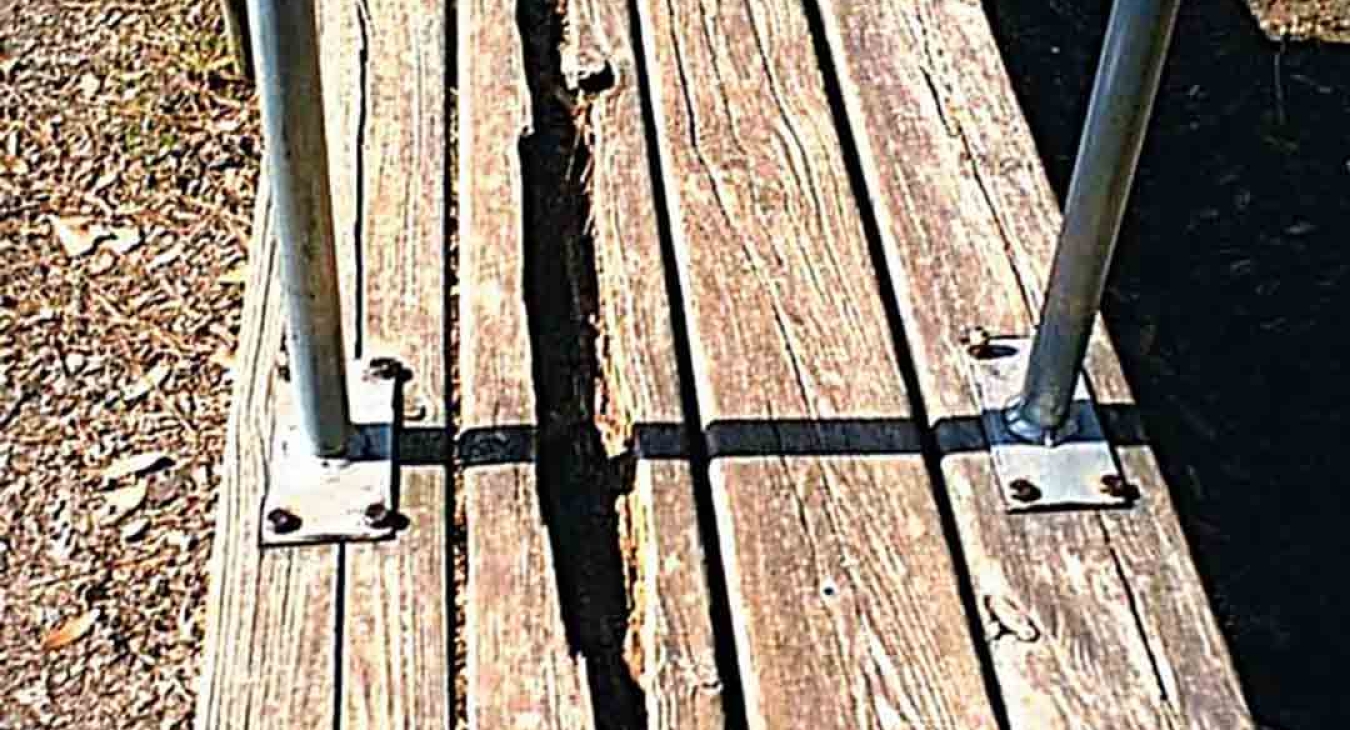
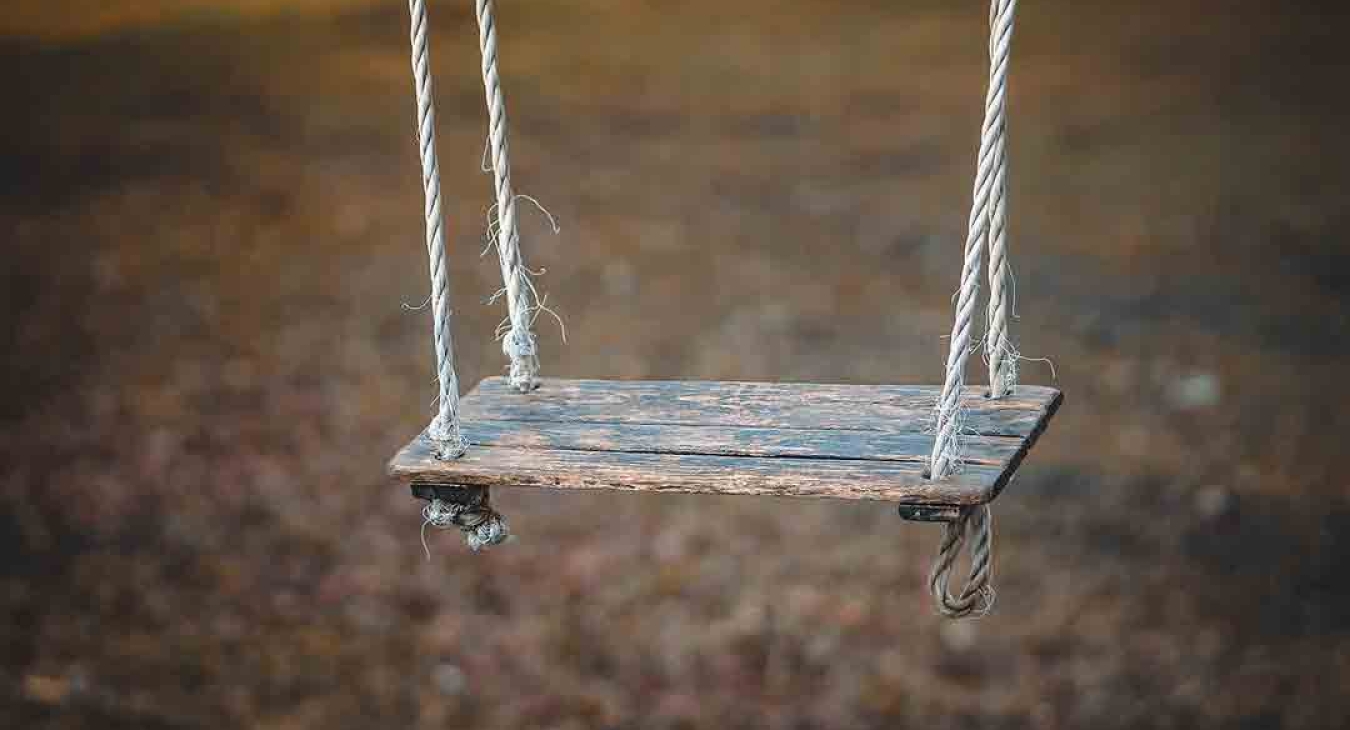
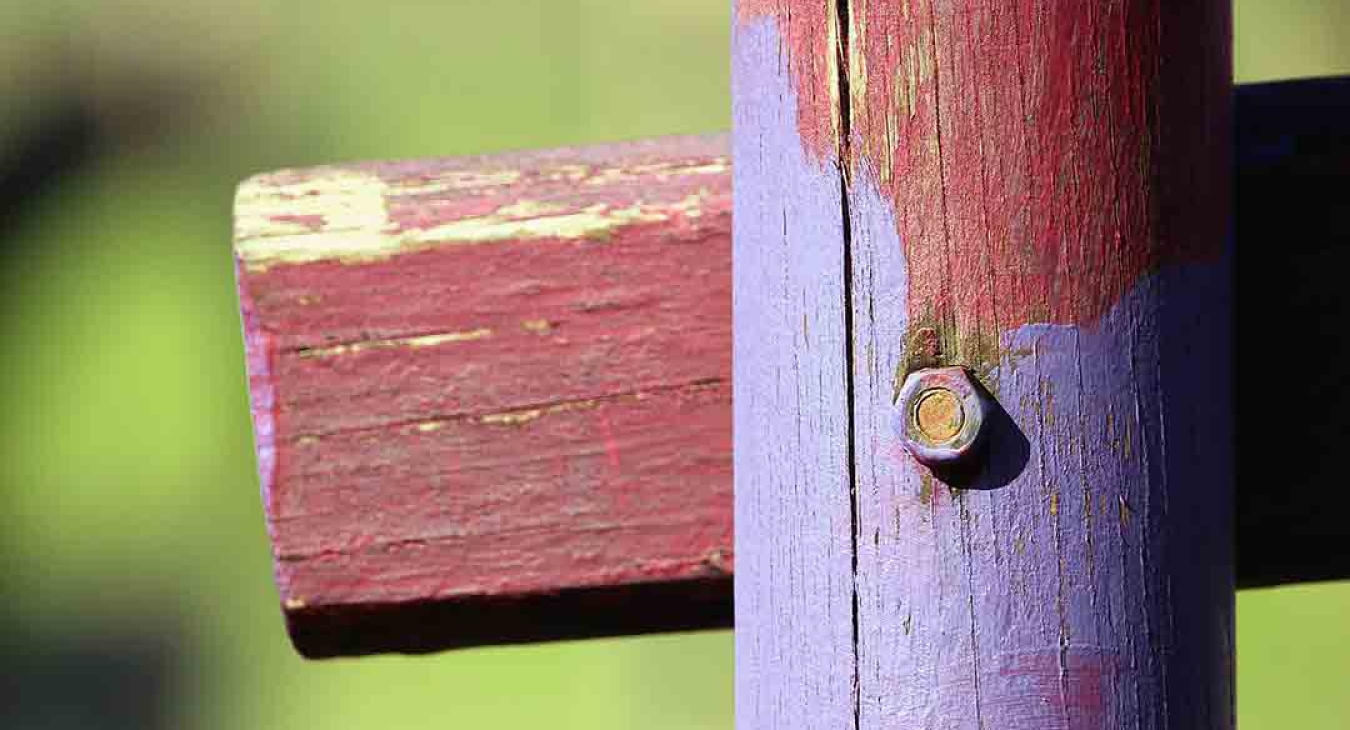


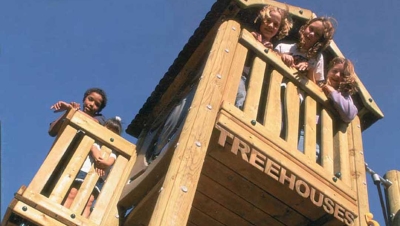
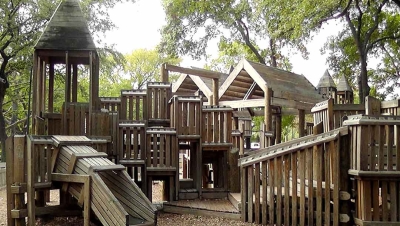





Add new comment